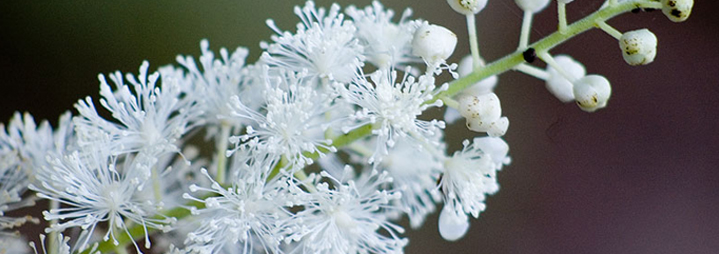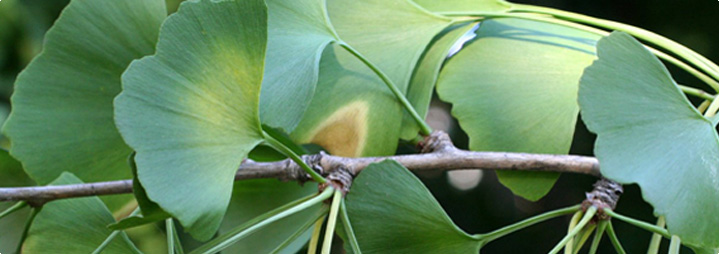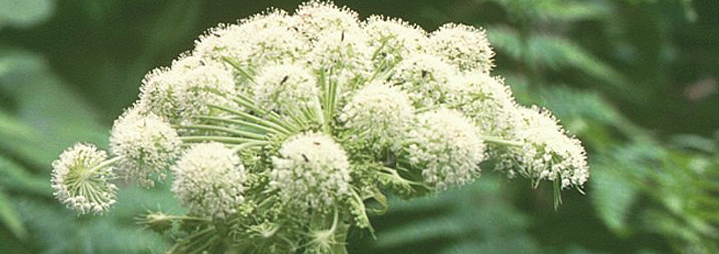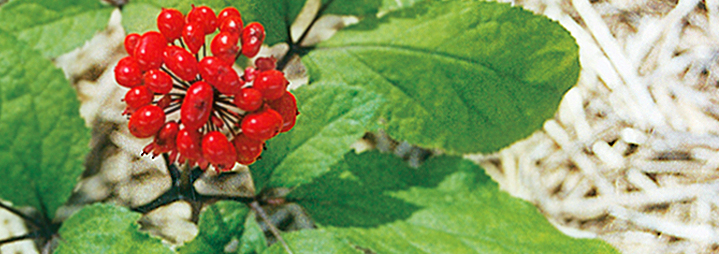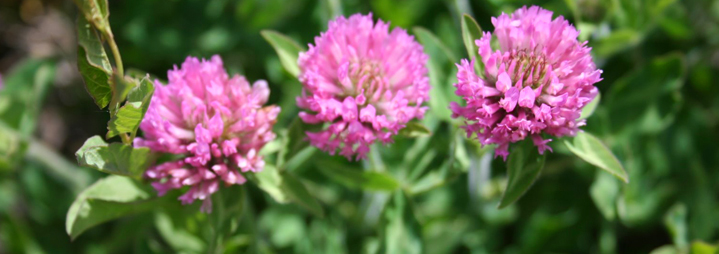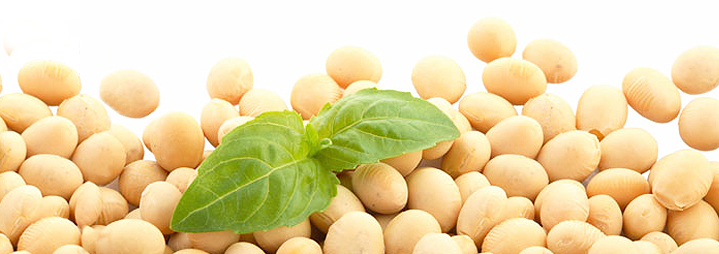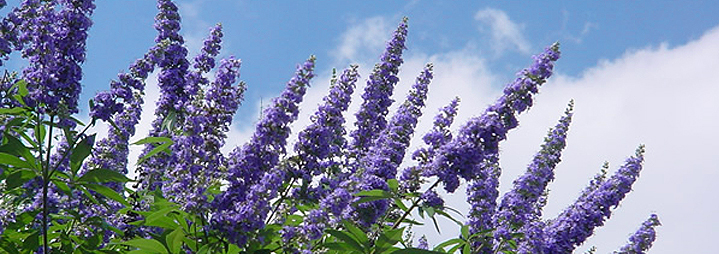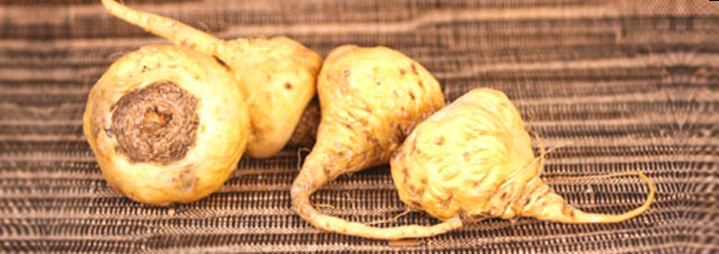Dried Ginseng
What is dried ginseng?
Dried ginseng is the dried form of many of the different types of ginseng that grow throughout the world. Ginseng grows in temperate cool climates in various parts of North American and Asia. Once the root has been harvested it is usually left to dry in the sun, which in the case of Asian ginseng results in the Red ginseng form of dried ginseng. Ginseng itself has been used in many medical applications throughout the ages; its use spans back to the Native Americans.
Ginseng types
Different types of ginseng grow throughout the world and dried ginseng can often be formed from these different types. Some have their names because of their appearance whilst others are named due to the region that they grow in. The different types are:
. Red ginseng
. Korean ginseng
. Siberian ginseng
. Panax ginseng
How does dried ginseng work?
Dried ginsengs medical potency stems from its unique chemical properties. The ginseng root contains phytoestrogens, which have been found to have a chemical structure very similar to that of human estrogen.
What is dried ginseng used for?
Because of its unique phytoestrogenic properties, dried ginseng is commonly used by menopausal women seeking relief from their menopause symptoms. Menopause affects most women in the latter stages of life and is marked by women's bodies being unable to reproduce the estrogen hormones required for various biological aspect of their body to function. As the body loses such an all important hormone it can throw a woman's body into increased turmoil and such a flux is represented through a number of different menopause symptoms. Such symptoms can include: vaginal dryness, night sweats, hot flashes and depression.
What are the benefits of dried ginseng for menopause?
Dried ginsengs phytoestrogens are capable of providing fast efficient relief from menopause symptoms. In addition to this such relief is seen as a valid and cost effective alternative to hormone replacement therapy. Dried ginseng is also said to increase sexual function, particularly in its red ginseng form.
What are the disadvantages of dried ginseng for menopause?
Despite acting as quick and efficient relief for menopause symptoms dried ginseng is often viewed as a short term temporary treatment measure. In addition to this dried ginseng can evoke a number of side effects, which have been known to include:
. Inability to sleep
. Headaches
. Nausea
. Diarrhea
Potentially one of the most dangerous side effects of dried ginseng is that it is also know to increase the number and ferocity of breast cancer cells.
Due to the obvious benefits of dried ginseng many women choose this as an option in order treat some of the more severe effects of their menopause symptoms. Like other phytoestrogenic herbs, dried ginseng can be a potent product and entail certain risks. Some of these risks are negligible, but often times the side effects of dried ginseng do not make its benefits worthwhile. Due to the side effect of such herbs, it is highly recommended that other options such as non-estrogenic herbs are considered in the treatment of menopause symptoms.









